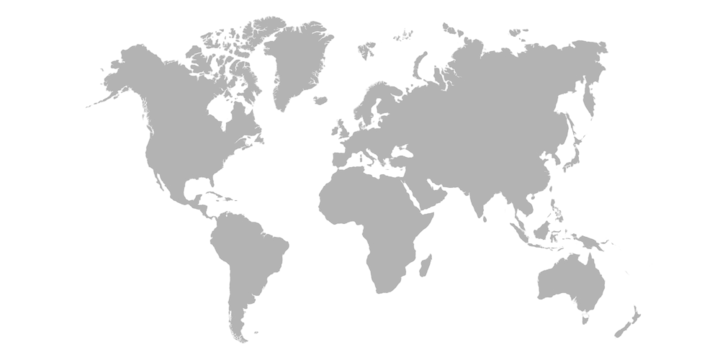Handelsbanken Hållbar Energi (A1 EUR)
About risk
Historical yields are not a guarantee of future returns. A fund can both increase and decrease in value and it is not guaranteed that you will recover the entire invested amount. Note that a fund with risk level 5-7, as stated in the fund's fact sheet (KID), can vary greatly in value due to the fund's composition and management methodology. The prospectus, fund rules and KID are available under each fund. Summary of investors' rights.
Factsheet
Target Market
Costs and charges
Fund rules (188 kB)
Prospectus (1432 kB)
Periodic reports
Sustainability SFDR (1018 kB)
Annual review (PF) (3126 kB)
Semi-annual report (PF) (200 kB)
Marketing material
Sustainability profile
Brief fund information
Summary SFDR (170 kB)
Pre-contractual SFDR
Pre-contractual SFDR (946 kB)
For this fund, the fund company's Enhanced exclusion level applies. For information about sectors that the fund excludes, see the Detailed information tab.
The fund is reported as an Article 9 fund pursuant to EU regulation 2019/2088 on sustainability-related disclosures in the financial services sector (SFDR).
Fund Spotlight
Benchmark 1 January – 30 June 2024: Solactive ISS ESG Screened Global Markets Index NTR
Fund manager
Patric Lindqvist Experience in the fund industry 1990. Portfolio Manager since 1 October 2015.
|
|
||
|---|---|---|---|
|
The risk indicator provides guidance on the risk level for this product relative to other financial products. It shows the likelihood that the product will decrease in value due to market performance. Risk level 1 represents a low risk and risk level 7 is a high risk.
|
|
|
||
|---|---|---|---|
|
The fund has sustainable investments as its objective. Accordingly, the fund invests in companies with products and services that are considered as contributing positively to the direct fulfillment of one or several of the targets in Agenda 2030. Refer to the fund's prospectus for additional information. The fund is reported as an Article 9 fund pursuant to EU regulation on sustainability-related disclosures in the financial services sector (SFDR). Read more |
|
31.07.2025
|
|||
|---|---|---|---|
|
The sustainability rating is developed by the fund information company Morningstar. The rating measures how well the fund's investee companies manage sustainability risks relative to other funds within the same global Morningstar category. If the fund has invested in government bonds issued by sovereign states, the respective country's sustainability risk is included in the calculation. The analyzed funds can receive a sustainability rating between 1 and 5 globes, with 5 as the highest rating. The fund complies with the UN Principles for Responsible Investments. |
Graph
Performance
| Rate 04.11.2025 | 1 week | 1 month | 3 months | 2025 | 1 year | 5 years | 10 years |
|---|---|---|---|---|---|---|---|
| 33.89 EUR | 4.02% | 11.15% | 33.37% | 35.34% | 21.08% | 14.30% | 137.16% |
Portfolio 09.10.2025
Portfolio distribution 30.09.2025
Geographic breakdown 30.09.2025




